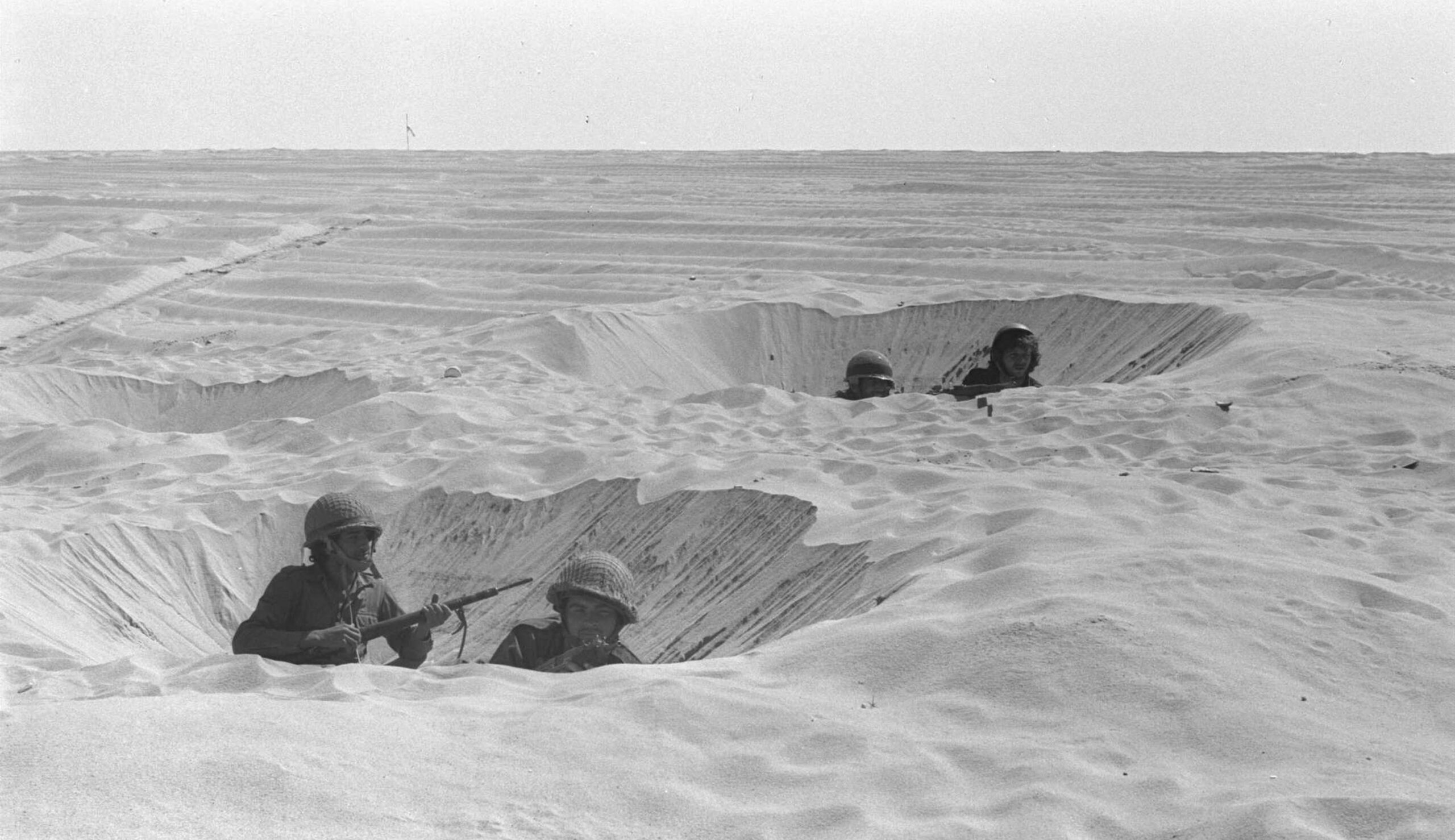Among the National Library of Israel’s vast collection of Haggadahs, only one was printed in Korea. Compiled by two Jewish chaplains in 1952, it was distributed to soldiers participating in a seder in Seoul in the midst of the war—complete with gefilte fish, kosher wine, and matzah-ball soup. Channa Lockshin Bob writes:
The U.S. Army granted Jewish soldiers time off for the celebration, moved army operations out of the abandoned schoolhouse in Seoul that the chaplains chose as the location for their seder, and transported soldiers from all over Korea to that location. But they also showed their encouragement in other ways: the Haggadah begins with two pages of Passover greetings from the top military brass stationed in Korea. Many high-ranking officers also attended. . . .
The highest-ranking officer [present] was General Frank F. Everest, the commanding general of the U.S. Fifth Air Force, who delivered an address to the soldiers as part of the festivities. We have no record of what he said at the seder, but in his greetings inside the Haggadah he wrote, “Even as the ancient Hebrew people answered the call of freedom symbolized by Passover, we too must heed its voice and stand fast in preserving freedom’s principles for the world of our time.” . . .
The Haggadah’s cover is decorated with hand-drawn insignias of the main military units involved in the seder, with the insignia of the Jewish chaplaincy in the middle. . . . Preparing a Haggadah in Korea must not have been simple: a page in which the Hebrew text appears upside-down illustrates the challenges of working with local printers who were not familiar with [the language].
More about: American Jewish History, Haggadah, Jews in the military, Passover, South Korea


